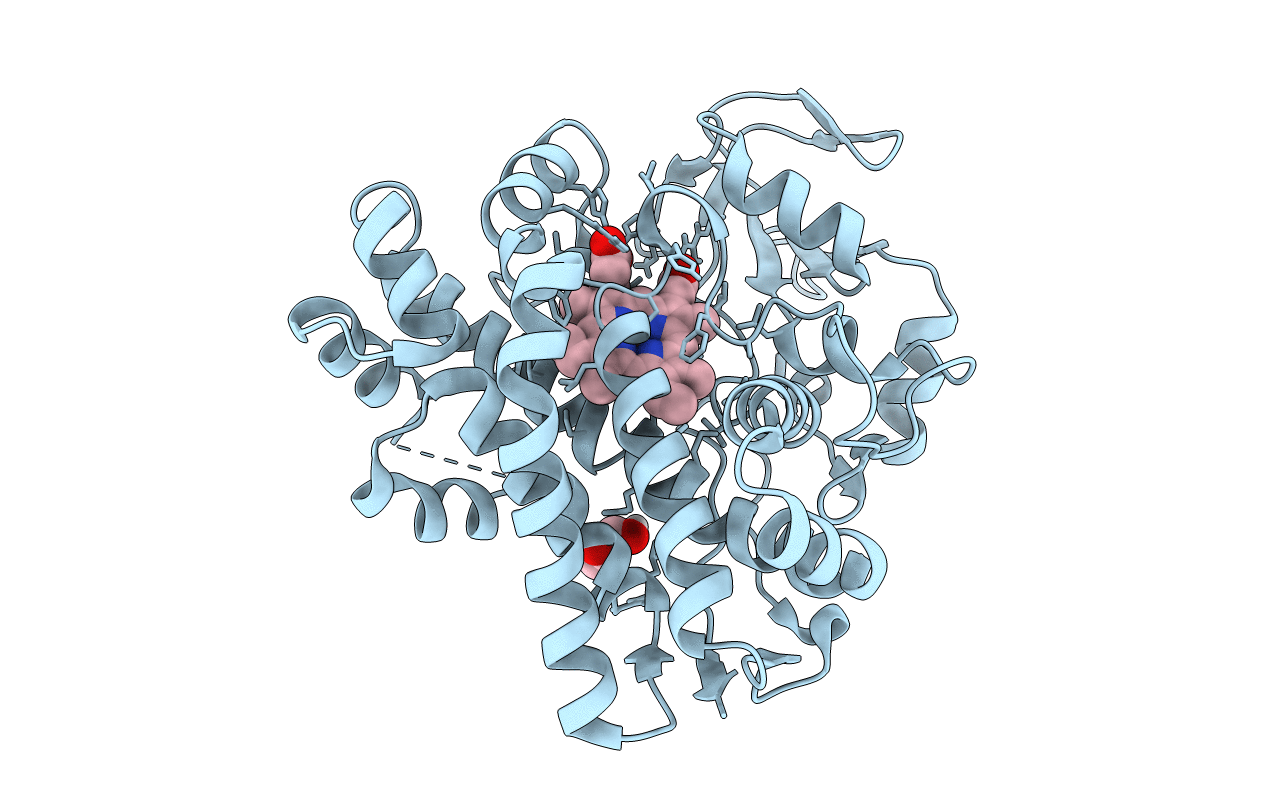
Deposition Date
2022-02-01
Release Date
2022-05-11
Last Version Date
2024-04-03
Entry Detail
Biological Source:
Source Organism:
Actinomadura parvosata subsp. kistnae (Taxon ID: 1955414)
Host Organism:
Method Details:
Experimental Method:
Resolution:
1.80 Å
R-Value Free:
0.22
R-Value Work:
0.18
R-Value Observed:
0.18
Space Group:
P 32 2 1


